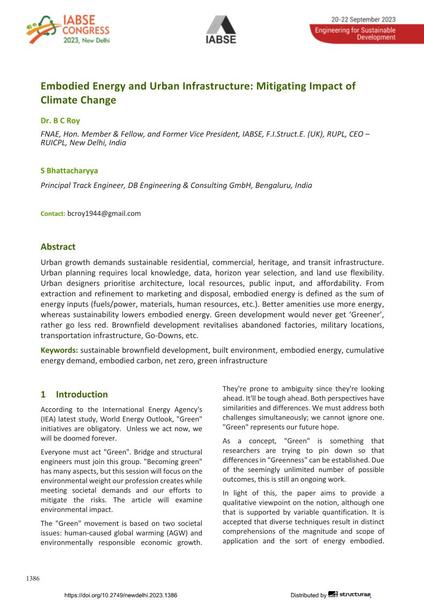|
Abstrakt:
|
Urban growth demands sustainable residential, commercial, heritage, and transit infrastructure. Urban planning requires local knowledge, data, horizon year selection, and land use flexibility. Urban designers prioritise architecture, local resources, public input, and affordability. From extraction and refinement to marketing and disposal, embodied energy is defined as the sum of energy inputs (fuels/power, materials, human resources, etc.). Better amenities use more energy, whereas sustainability lowers embodied energy. Green development would never get ‘Greener’, rather go less red. Brownfield development revitalises abandoned factories, military locations, transportation infrastructure, Go-Downs, etc.
|

